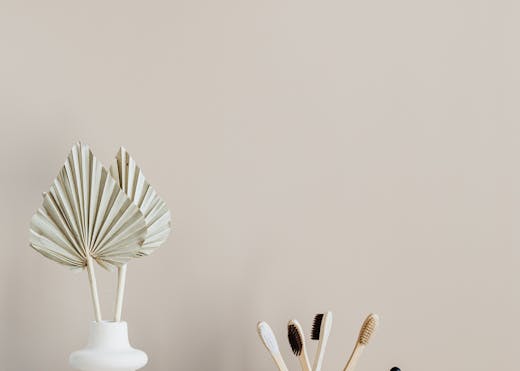Introduction
The competitive nature of business calls for the creation of an atmosphere for the spa, that would seem placid and, at the same time, it is beckoning to the clientele. The best route to achieve ambiance enrichment in your spa is through the principles of Feng Shui. Feng Shui is the ancient Chinese practice concerned with arrangements that allow maximum flow of positive energy, usually referred to as “chi.” The following article shall talk about how Feng Shui could be harnessed in your spa business to bring harmony and prosperity.
Understanding Feng Shui
Basics of Feng Shui
Feng Shui was devised to manipulate our environments toward lives of success, happiness, and good health. Adding a dash of Feng Shui to our style would enable us to arrange and orient living and working spaces for natural energetic flows that may vastly improve life quality. Among others, Feng Shui deals with the arrangement of furniture, color scheme, and lighting using some natural features to attain a balanced setting.
The Power of Chi
One of the central concepts of Feng Shui deals with chi, or life energy force flowing through all living and inanimate objects. Among the first objectives when creating a spa is creating an uninterrupted, harmonious flow of chi. Through this process, a serene atmosphere can be established to which the customer may reasonably respond with a corresponding and harmonious experience. Clutter is going to disrupt the flow of chi, which allows negative energy into the area, hurting both staff and clientele.
Feng Shui Design Suggestions for the Spa
The Entrance: Attracting Positive Energy

Of course, one of the very important areas of Feng Shui for a spa is at the entrance because this will be the first impression of the clients. The entrance should always be clean, well-lighted, and inviting. Obstacle-free space between the front door and reception allows the chi to flow through. Add the element of water near the entrance; it might further add up to the positive chi and create an element of calm. Perhaps you can even install a small fountain.
Reception Area: Soothing and Neat Space
This is the very first point of contact with your clients at the spa. Clutter has no place in an atmosphere that is to be calm and professional, and has to be a well-organized room. Colors should be those that are soothing to the eyes, of light blues, greens, and earth tones, and should be reserved for this area. Bring some nature in—plants will purify the air and give energy to this space. Position the reception desk in a manner, facing the entrance—opening and being receptive.
Treatment Rooms: Deepening Relaxation and Healing
These are the treatment rooms of your spa facility—people come to relax and rejuvenate. None of that would be possible unless it were peaceful, balanced, and calm. Orient the treatment table so that patients are able to view the door in peripheral vision but they are not directly in line with it for security and relaxation purposes. Provide soft, warm lighting as opposed to harsh fluorescent lighting. Add elements of nature using wood and stone, as these all tend to provide grounding for the reader.
Color Use

Colors play a huge role in Feng Shui by setting the tone for the kind of mood and energy to be portrayed. In the case of a spa, one would expect colors that bring relaxation and recuperation. Blues and greens, soft in tone, will bring feelings of calmness, while earthy tones, such as beige and light browns, provide warmth and stability. One would avoid very bright colors, such as red or neon shades, so as not to disturb the serenity of the place.
Lighting: Balancing between Natural and Artificial Light
Appropriate Lighting: Proper lighting could also be used to create calm settings in a spa. Since one is aware that natural light is a form of positive energy, therefore, one should make use of it as much as possible. This could be achieved with large windows, skylights, and open spaces that let in natural light. However, an adjustable artificial lighting system is needed to set the ambiance according to the time. The use of soft and diffused lights that can be read more

